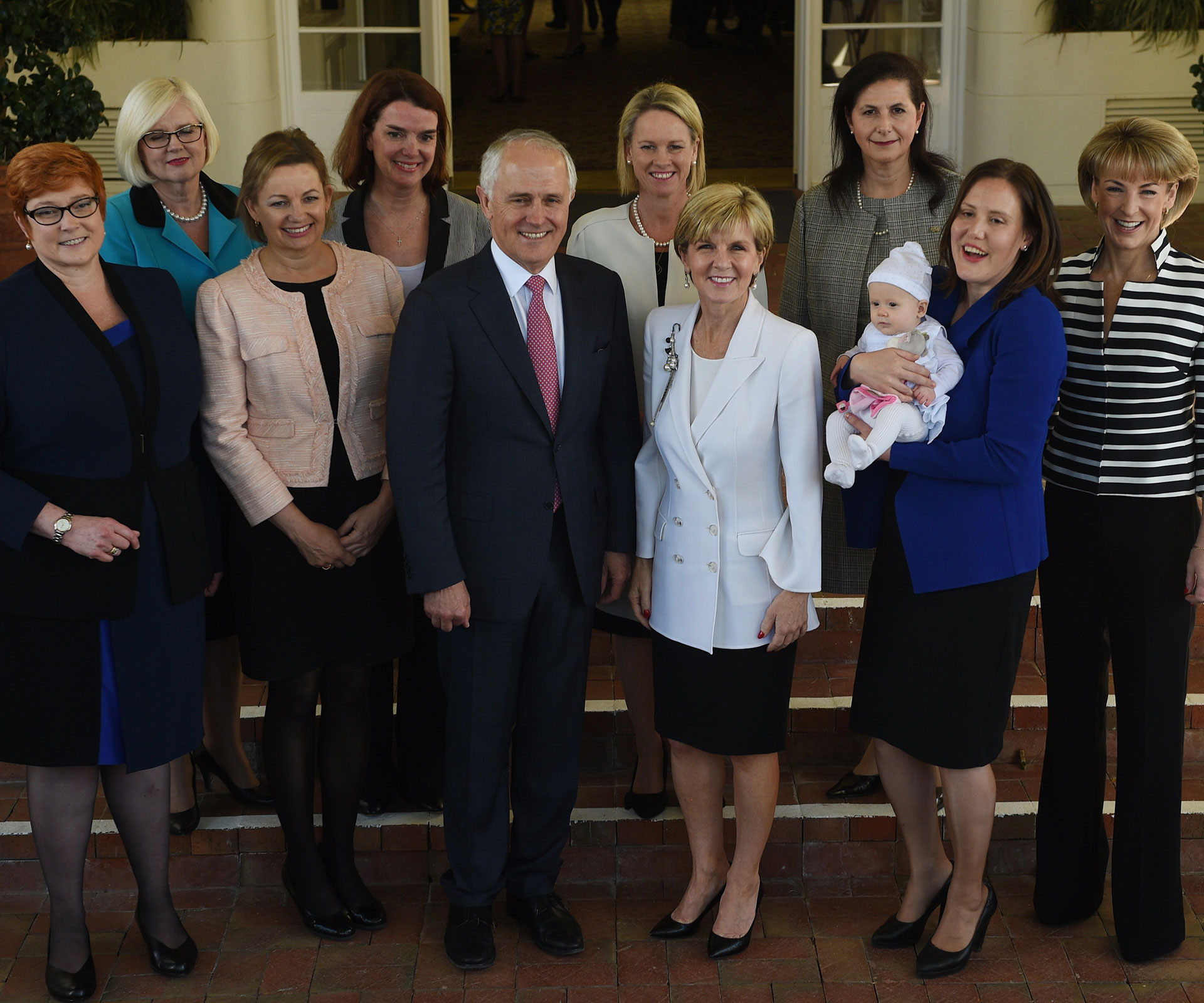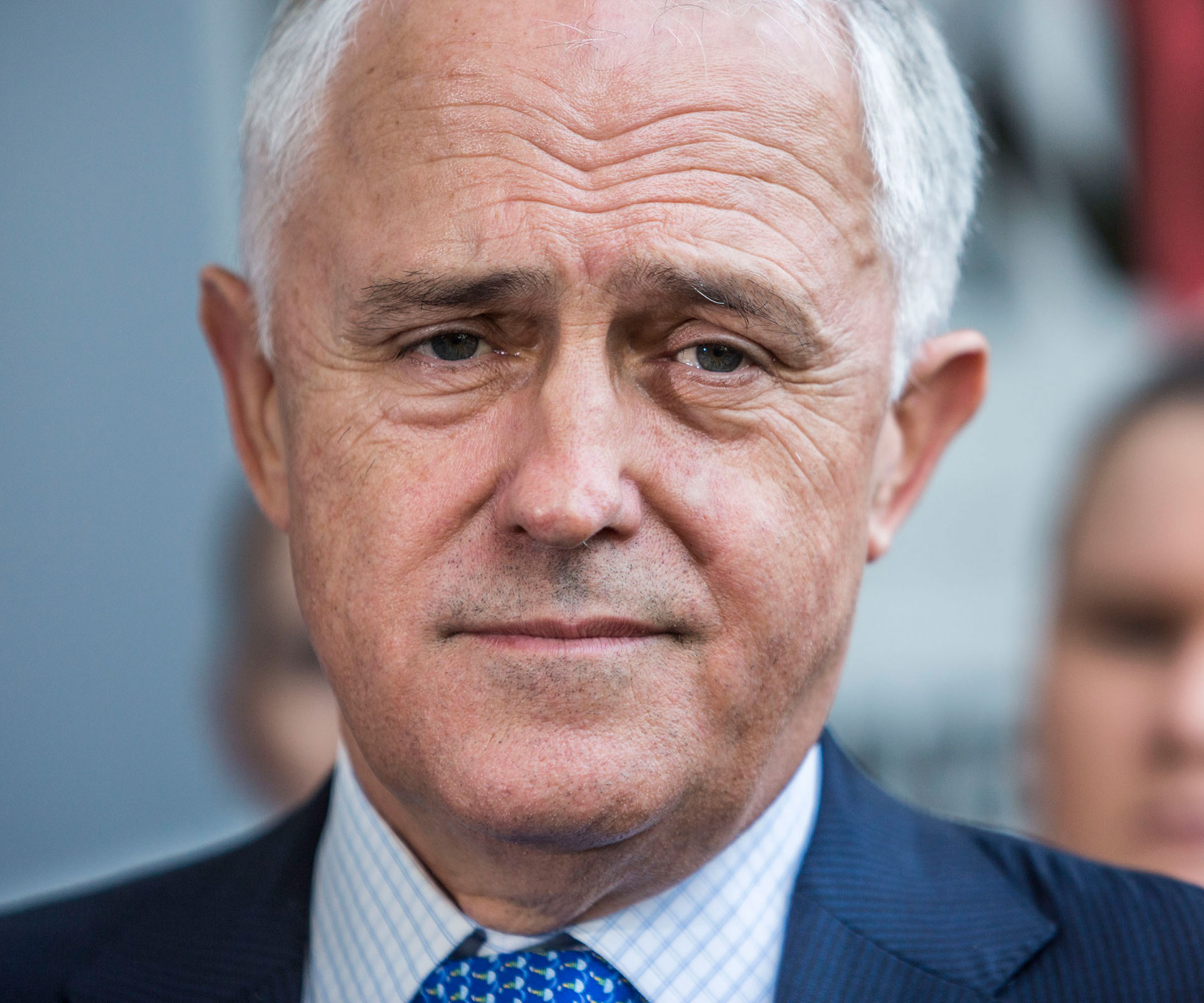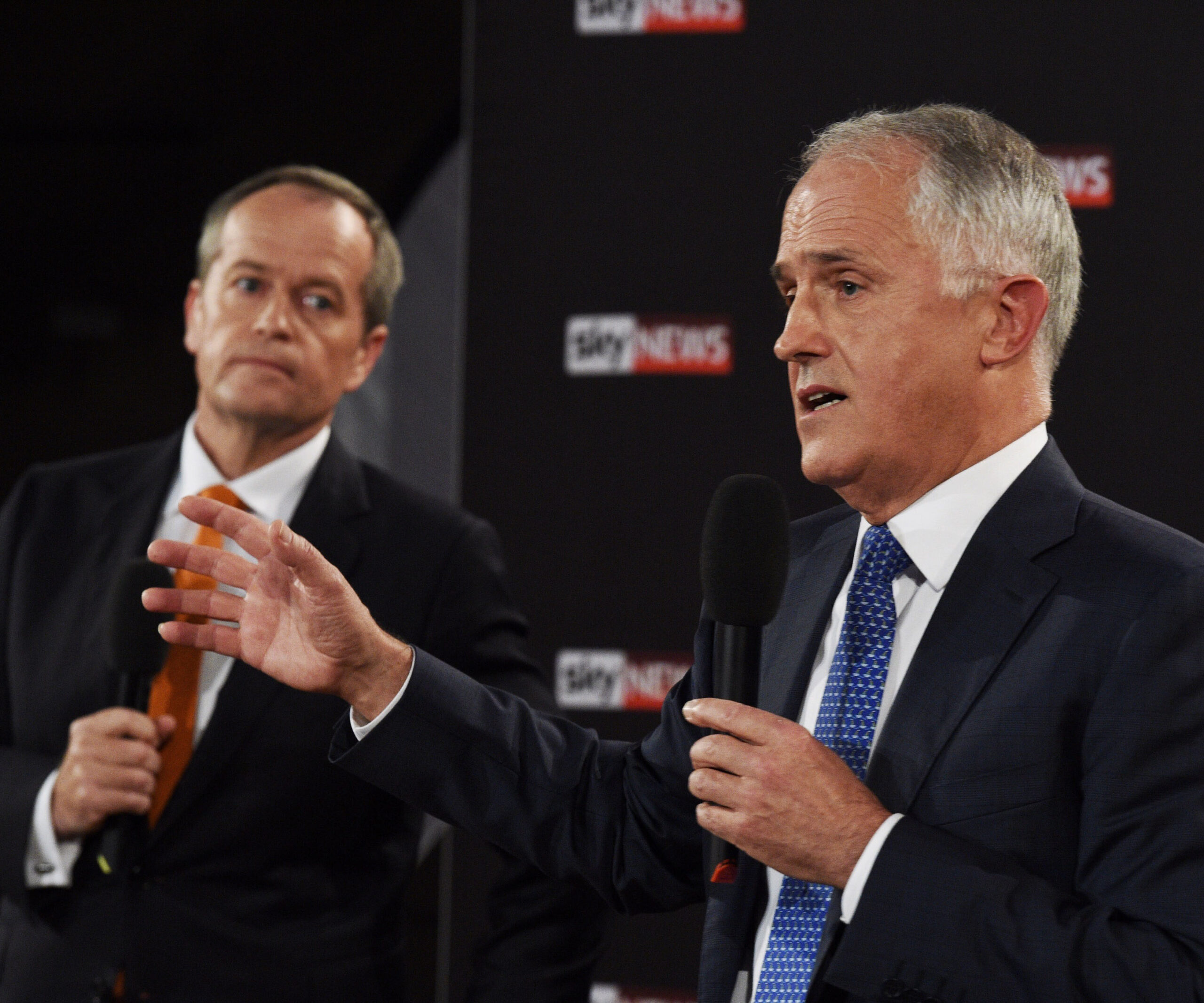Australian women have had the right to vote and run for parliament for over 100 years. Yet it was not until 1943 that the first woman was actually elected.
Here we are, more than 70 years later, and still only 72 out of 226 members of the Australian Parliament are women – that’s three in ten.
It’s been a long, slow haul, and there’s clearly much more to be done. Women make up half the Australian population and we should also be half the elected politicians.
Why is it important to have more women in parliament? Because without women having a greater say in the making of laws that govern our country, governments will never really tackle the matters that are of greatest concern to women.
Even with the best of intentions, it can be difficult for male politicians to understand many of the issues facing us such as women’s health, the challenge of juggling work and family duties, or the difficulties faced when trying to re-enter the workforce after raising a family.
And then there is the struggle by older women to cope financially as they approach pension age, sometimes even being forced into homelessness. Well-paid male politicians may not even be aware of this issue, let alone be motivated to do something about it.
Domestic violence is a good example of an important issue that has been continually overlooked because men are less likely to experience it than women. And so the money provided by male-dominated governments for legal assistance and women’s shelters has been woefully inadequate.
It’s probably fair to say that if not for the tireless efforts of family violence campaigner Rosie Batty, who faced an unbearable tragedy when her son was killed by his father, we might not have even had the promises made this election of additional funding to support affected women and children.
Another example is the fact that the grand Parliament House building in Canberra, which houses up to 4000 MPs, staff and journalists at any one time, did not have a childcare centre until some female MPs started to have babies and wanted to have their small children nearby. And so the staff bar was converted into a childcare centre in 2008, nearly 20 years after the building was officially opened.
So what are the political parties doing to increase the number of women in parliament?
Malcolm Turnbull declared after he became Prime Minister that no-one was more enthusiastic than him about “seeing more women in positions of power and influence in parliament” and in the ministry. He delivered on that promise by making six women senior ministers, compared to only one appointed by Tony Abbott.
That was an important step by the PM, but it doesn’t make up for the fact that his government’s Liberal and National parties have a disappointingly low number of female MPs, and that this number is likely to get worse after the election.
At least three of the Coalition women who are retiring this year will be replaced by a man, whichever of the major parties win the seat.
One of those women, Sharman Stone, has called for her party to have a quota that would ensure 50 per cent of all Liberal candidates in winnable seats were women. This would increase the number of Liberal women being elected.
So far, Dr Stone’s suggestion has been pooh-poohed by the men in her party, who say that a target of 50 per cent is good enough. The difference between a quota and a target is that a quota can be enforced, while a target is something that would be nice to have.
In contrast, the Labor Party has done much better in getting women elected to parliament, having met its quota of 40 per cent female MPs in the current parliament.
Labor has set a new quota of 50 per cent female MPs by 2025, but it is difficult to accept why the party needs 10 years to raise the number of women in its ranks by from 40 to 50 per cent.
Perhaps this is because many of the unions that have a large say in who is chosen by Labor to run for parliament also have overwhelmingly male union members and are run by men.
That would explain why a number of talented young Labor women were replaced by male union member candidates for this election.
As we have noted before, there may not be enough women in parliament, but that does not mean that women’s voices cannot be heard.
Pay your local MP a visit in the lead up to the election, or give them a call. Ask them what they’re going to do for Australian women if they get your vote. And if they don’t give a satisfactory answer, make contact with their opponent and ask the same question. Your vote counts, so make sure you use it.


